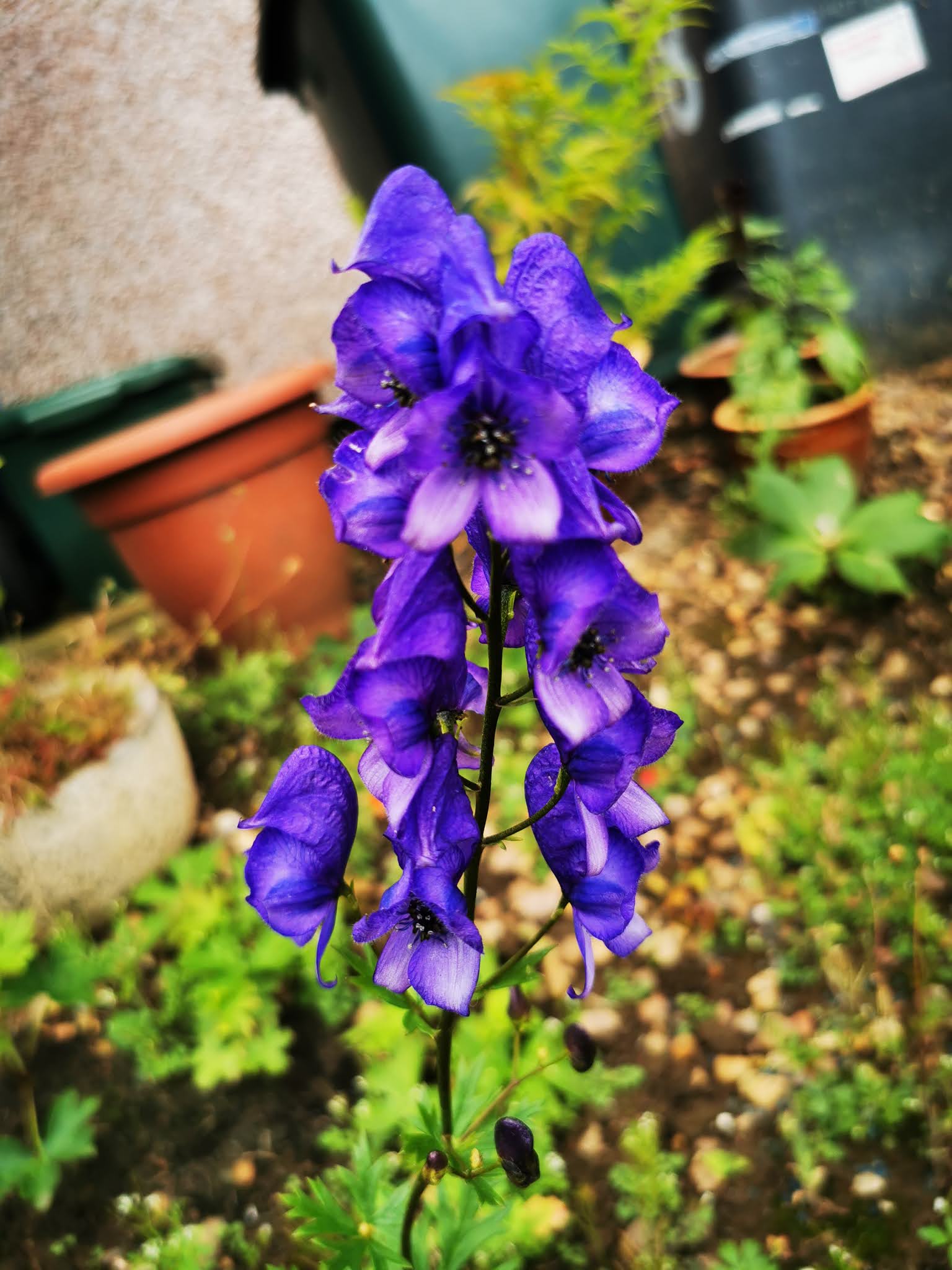
According to Remus Lupin and Chiara Lobosca, it had a "disgusting" taste that was very difficult to get used to, and adding sugar to remedy this was not possible as that substance would render it ineffective.

The completed potion exuded a blue smoke. The ingredients were also very expensive, which made it difficult for some werewolves to brew it themselves, as they usually lived in poverty due to their difficulty in finding stable careers. This potion was extremely difficult to make, as Slughorn believed that even Damocles Belby couldn't have invented it without immense effort on his part.
Poisonous wolfsbane full#
The way one must imbibe it was very unique among potions, in that a goblet full of wolfsbane potion must have been taken each day for a week preceding the full moon missing one dose alone, during such a night, was enough to invalidate all those that preceded it. The main ingredient was wolfsbane (also referred to as aconite or monkshood). The Wolfsbane Potion was an innovative and complex potion that relieved, but did not cure, the symptoms of lycanthropy, or werewolfry. This possibility occurs due to the specific compounds found within them." There is no known cure, although recent developments in potion-making have to a great extent alleviated the worst symptoms." - Newton Scamander, Fantastic Beasts and Where to Find Them Finally, with proper preparation, many of the various species also now serve medicinal purposes. ĭespite its toxicity, several types of Wolfsbane serve as a food source for the caterpillar form of several Lepidoptera native to local regions. Also, all known varieties of this herbaceous genus are perennials. This genus also most typically grows in soil that stays rather highly retentive of moisture but well drained. In fact, it remains most commonly seen in mountainous regions. In addition, it possesses quite specific habitat requirements. However, many varieties have also been spread to other regions by human actions. Further, the majority of species evolved as endemic to regions of mountains in North America and Europe. Quite surprisingly, all recognized varieties of Wolfsbane in this genus developed as native to the Northern Hemisphere. Source: Public Domain Image Wolfsbane Distribution, Habitat, and Ecology Even a small quantity can be fatal, if ingested. This occurs because the toxin is readily absorbed by the skin.
Poisonous wolfsbane skin#
Even brushing against it with bare skin remains dangerous. All parts of the different forms of Wolfsbane evolved as highly toxic. In addition, the fruits generally remain small in size.

Meanwhile, the many flowers may appear as either white, purple, pink, or yellow in color. The further usually consist of 5 – 7 segments. The leaves also typically develop as palmate in nature. This includes the fact that all develop as either small to medium-sized plants.įurthermore, the foliage of most types displays a dark green in color. Secondly, most of them do have certain physical characteristics in common. Firstly, each of them attains different heights at full growth. Since the term Wolfsbane applies to many species, physical variations naturally exist. Giant Hogweed Rosy Periwinkle Doll’s Eye Source: Public Domain Image Wolfsbane Physical Description That’s because, like many species, Wolfsbane now faces the threat of climate change. Although specific threats vary from species to species, all now face one common threat.


 0 kommentar(er)
0 kommentar(er)
